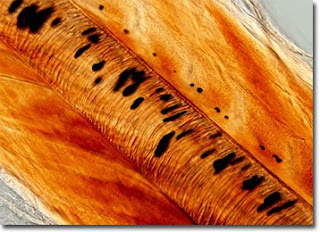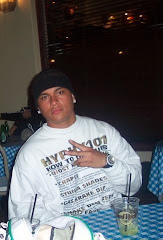 Lancelets are small non vertebrate chordates that often live with their bodies half buried in sand. Because lancelets do not have fins or legs, they can move only by contracting the paired muscles on their bodies.
Lancelets are small non vertebrate chordates that often live with their bodies half buried in sand. Because lancelets do not have fins or legs, they can move only by contracting the paired muscles on their bodies.*What do these Lancelets fish form?
Lancelets are smaller fishlike creatures who form what is called subphlyum cephalochordata, sometimes known as amphioxous. This is a group of primitive chordates.They can be found in shallow parts of temperate or tropic seas.
- brain-like blister
- notochord
- dorsal nerve cord
- post-anal tail
- anus
- food canal
- circulatory system
- atriopore
- overpharynx lacuna
- gill slit
- pharynx
- vestibule
- oral cirri
- mouth opening
- gonads (ovary/testicle)
- light sensor
- nerves
- metapleural fold
- hepatic caecum (liver-like sack)
Unlike an adult tunicate, an adult has lancelet has a definite head region that contains a mouth. The mouth can open into a long pharynx, which is a sticky mucus that catches food particles. The lancelet that swallows that mucus into their digestive tract or system.
*Do they have a gass exchange?
Yes! Lancelets use their pharynx for gass exchange. Although from many research, it's been found that lancelets are thin enough to exchange gases through thier body surfaces. They also have a close circulatory system. They don't have a true heart. Instead, the walls of the major blood vessels contract to push blood through the body.
*How do they motion?
The fishlike motion of lancelets results fromcontracting muscles that are organized into V-shaped units. The muscle units are paired on either side of the body.
*What are their characteristics?
Chordates have a number of characteristics in common, which for most are only present during embryonic development which are the following:
*Notochord is found in all chordate embryos
*A hollow dorasl nerve cord
*Pharyngeal slits
*Postanal tail
*How do they reproduce?
Among the chordate subphyla there are differences in their reproduction. In Urochordata they reproduce asexually. The Cephalochordata and vertebrates reproduce sexually.

![CHEER'z TO [09]](http://3.bp.blogspot.com/_fRNo24qx1jw/SWJehqhg_UI/AAAAAAAAAFs/pM7HB6PMIIk/S240/me+and+ma+sistahz.jpg)
















4 comments:
Liz I love what you wrote about the fish.
hey wassssup foo! Ur fish thing is the bomb!!!!!
NICE JOB ELIZABETH I GIVE YOU A+
hey elizabeth..idk if this is the same person as i think it is but if it is..this is kiesha the homie from like 1-3 grade.uhmm if u get this and it is you please email me youngbeauty_05@yahoo.com or if yu have a myspace look me up like forreal aiight!
Post a Comment